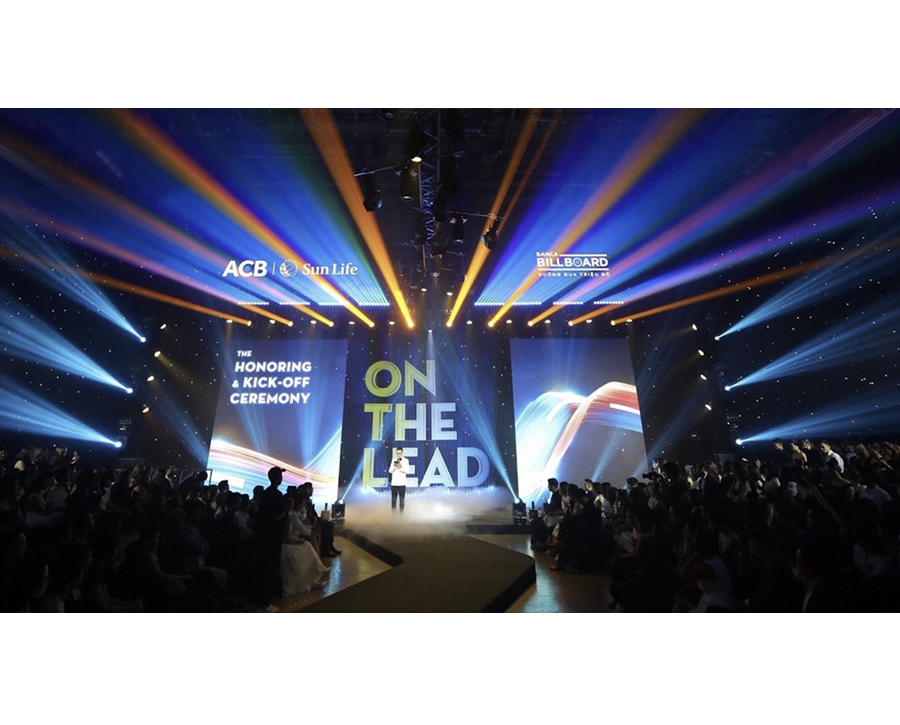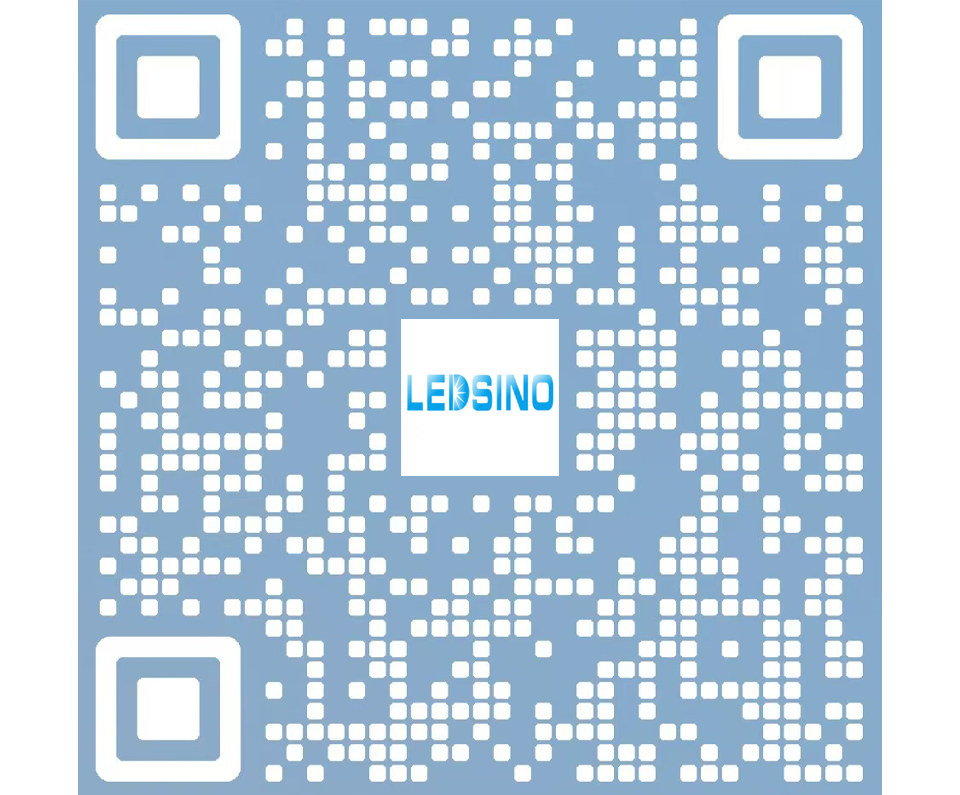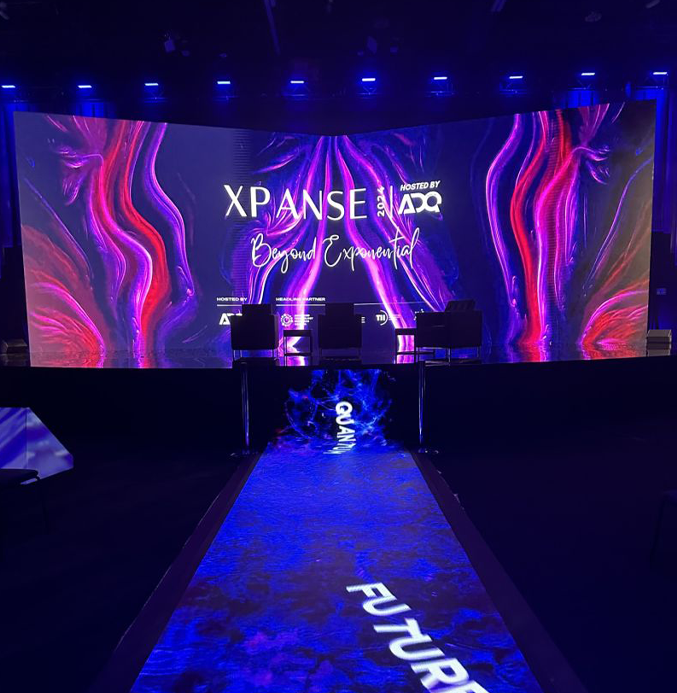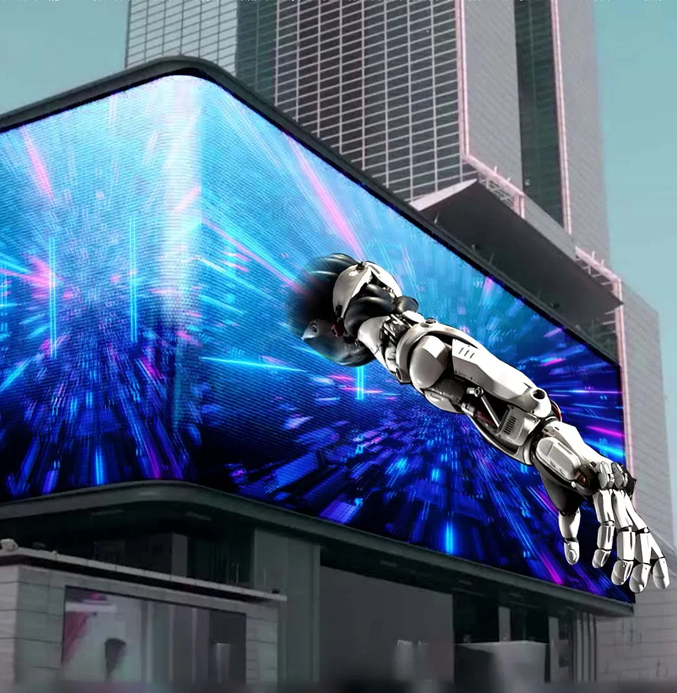
LED screen texture is the backbone of visual appearance on digital displays. From clarity and brightness to functionality, it forms the foundation on which several industries depend and function with the latest display technologies. This article describes in detail LED screen texture, starting from its definition to its future trends.
What is LED Screen Texture?
The texture of a LED screen refers to the physical surface characteristics of the display that determine the emitted, distributed, and perceived light. This texture results as a combination of various materials, coatings, and surface treatments used during the manufacturing process. It is a factor that determines how well the LED screen performs in a different environment and application.
The role of texture in optimizing visual output for LED screens cannot be undermined. While ideal for clarity, reducing glare, and colors being vibrant, true to life depends on their design. This also provides a surface characteristic affecting the way light interacts with the screen. Ultimately, how sharp or readable the display will appear.
It entails a number of different components and materials that generally build up to the texture in LED screens. The main structure or base is usually of glass, polymer, or even composite material. Optical enhancement with surface coatings can also include anti-reflective or anti-glare layers. Such surface treatments can be taken a step further to realize microstructuring in sophisticated methods.
A smooth texture is great for indoor displays where accurate visuals are necessary, while a matte texture is better for outdoors because it reduces the reflections coming from sunlight. In such a manner, adjustments can be made to meet the demands that the environment and audience would put on the screen.
Why is LED Screen Texture Important?
The importance of LED screen texture lies in the fact that it enhances visual performance. A good design of the texture improves the clarity of display by ensuring even light distribution. Hence eliminating hotspots or dark areas, which results in a more uniform image that is easier to view.
Brightness is another critical factor affected by texture. A textured screen can increase the amount of light output without energy consumption. This is helpful in an outdoor display when there is a need for good visibility under bright sunlight. In such cases, a matte or anti-glare texture would allow the content to be readable and impactful.
Color accuracy is also related to texture. A surface with proper optical properties will minimize light scattering. Therefore showing colors as they actually are. This is important in many different fields, like advertising, where bright and correct colors draw the eye.
LED screen texture finds its applications in many fields. In advertisement, the textured screens ensure campaigns are visible and engaging, whatever the lighting conditions may be. For events, they avail the clarity necessary to create immersive experiences. In gaming, specialized textures reduce glare and improve contrast, enhancing gameplay altogether.
The texture of the screen actually matters a lot in your experience as a viewer. The right texture reduces eye strain, provides consistent performance across different lighting conditions, and ensures a high-quality viewing experience. Whether you are watching a live event, playing a game, or reading digital signage. The texture of the LED screen plays a crucial role in delivering optimal visuals.
Types of LED Screen Textures
LED screen textures come in a wide variety, with each designed for specific requirements.
Smooth textures are one of the most common. These are ideal for indoor applications where detail and sharpness are paramount. Smooth textures reduce the amount of light that scatters. Thus, they provide clear and vivid images. You often find these in retail displays, conference rooms, and home entertainment setups.
Other popular options include matte textures. Designed to minimize glare, they work particularly well for outdoor displays. When direct sunlight or strong artificial lighting hits a screen. A matte texture will allow the content to remain visible. This makes it the preferred choice for billboards, sports arenas, and outdoor event screens.
More sophisticated would be microstructured textures. These textures involve minute patterns or structures on the surface that maximize light diffusion. These are extensively utilized in high-performance displays, such as gaming monitors or interactive touchscreens. Microstructured surfaces ensure accurate light control, enhancing brightness and color uniformity.
Specialized textures exist for unique applications. Curved and flexible LED screens, for example, have textures that can bend around non-flat surfaces and maintain performance. These often combine durability with optical efficiency, making them perfect for architectural displays and creative installations.
How LED Screen Texture is Designed
Designing LED screen textures involves great delicacy in material selection and advanced techniques of manufacture.
First, comes the selection of base material, which is usually glass, polymer, or a composite material that is known for optical clarity and durability. The type of material to be used will depend on the intended application. For instance, glass might be preferred because it is scratch-resistant, whereas polymers are preferred due to their flexibility.
After selecting the base material, surface treatments are employed regarding the desired texture of that surface. Anti-reflective coatings are provided against glare, and microstructuring will enhance light diffusion. By using precision tools for consistent application. These processes then take place on-screen.
Manufacturing also involves the use of advanced technologies. In the year 2025, nanotechnology and AI-powered tools have changed how textures are designed. Nanotechnology provides ultra-thin textures that do not add bulk while amplifying clarity. AI tools make it possible for manufacturing companies to simulate and test the performance of a texture before producing it-optimizing performance and wasting fewer materials.
These advancements have enabled the development of customized textures for specific use cases. For instance, a screen intended for gaming can have a texture that minimizes motion blur and enhances contrast. A screen for outdoor advertising could have a matte texture that enhances visibility in bright sunlight.
Impact of LED Screen Texture on Performance
The performance of an LED screen is deeply related to its texture. A well-optimized texture enhances resolution by ensuring that light is well distributed across the screen. Hence giving sharper images with more accurate color reproduction.
The texturing also makes much difference in viewing angles. The textured screen will reflect consistent brightness and clarity even at side viewing. This feature becomes imperative for applications such as at stadiums or public displays where viewers may sit or stand at different angles.
Texture also affects brightness levels. Optimized textures allow screens to reach high brightness levels without using too much energy. This is important for outdoor displays, which have to be visible in direct sunlight.
Durability and maintenance are other factors. Most textured screens include protective coatings that resist scratches and environmental wear. They are also easier to clean and maintain for long-term performance.
Applications of LED Screen Textures
Different LED display textures have various fields of applications, all with specific texture characteristics that provide their maximum utility.
In indoor applications, smooth textures are used. They find their uses in conference rooms, retail displays, and home entertainment. They are bound to provide sharp and detailed visuals due to their controlled lighting conditions.
Outdoor applications require stronger textures. The matte or anti-glare textures must be applied with a struggle against violent light and environmental conditions. These are billboards, sports arenas, and public information displays, whose readability needs to be ensured in very strong sunlight.
Another critical area where texture comes into play is in the realm of curved and flexible LED screens. Specialized textures are what enable these screens to maintain optical performance while adapting to unique shapes. They can be found in architectural displays, public art installations, and innovative retail spaces.
Emerging trends include interactive displays with customized textures. These screens are designed to engage audiences in new ways, offering tailored textures that enhance both functionality and aesthetics. For instance, a textured interactive screen might marry anti-glare properties with touch sensitivity.
Future Trends in LED Screen Textures (2025 and beyond)
Material development and technological changes form the future of the texture of LED screens.
New composite materials are under development in 2025, which will provide better durability and optical performance. These permit thinner and lighter screens, yet with no compromise on the quality of the screen. They are also more ecologically friendly, meeting the growing demand for sustainable solutions.
AI-powered personalization is another highpoint. Machine learning algorithms have literally given manufacturers the chance to create textures for very specific uses. That means you can expect LED screens that are optimized for everything from personal gaming setups to large-scale public installations.
Sustainability is also one of the major focuses. Energy-efficient processes are adopted by manufacturers, and recyclable materials are used to reduce environmental impact. These efforts ensure that LED screen technology evolves responsibly, meeting both performance and sustainability goals.
Conclusion
LED screen texture is one of the bedrock components used in display technology. Due to the impact it has on clarity, brightness, and durability. It is considered indispensable in many applications. Further innovations in material science holds a better future for LED screen textures in bringing enhanced visual experiences.

Enter the digital world with our advanced display technologies.


